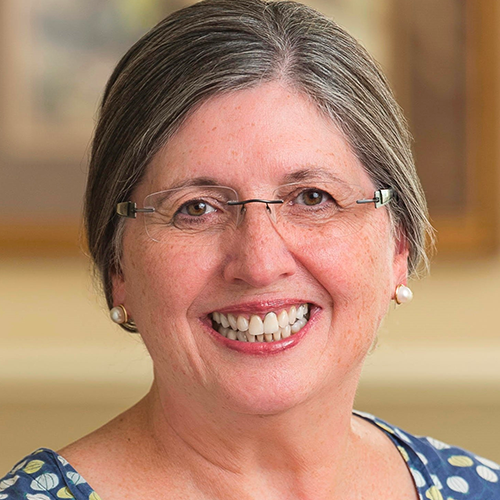
The Point Blog ARCHIVE
All articles found in the archive are more than three years old.
The purpose of this blog is to stimulate thought and discussion about important issues in healthcare. Opinions expressed are those of the author and do not necessarily express the views of CMDA. We encourage you to join the conversation on our website and share your experience, insight and expertise. CMDA has a rigorous and representative process in formulating official positions, which are largely limited to bioethical areas.
Reporting on IVF Incidents
December 21, 2017
by D. Joy Riley MD, MA (Ethics)
In the United Kingdom, patients pay for 60 percent of the 76,000 annual in vitro fertilization (IVF) treatments rendered. Britain’s Human Fertilisation and Embryology Authority (HFEA), the regulatory body overseeing both fertility treatment and embryo research, released in December its State of the Fertility Sector: 2016-17, a report detailing the health of the fertility sector in the UK. This report combined incident reporting with patient feedback and inspection results.
The HFEA issues licenses for both clinics and research laboratories that handle gametes and/or embryos, and it inspects them “at least every two years.”
They have 13 areas of interest:
- Staffing
- Counseling
- Information and consent
- Multiple births
- Welfare of the child
- Embryo testing
- Donation and surrogacy
- Use of gametes and embryos
- Research and training
- Facilities and administration
- Treating people fairly
- Record keeping and other obligations
- Mitochondrial donation
One of the goals in recent years has been to reduce the birth rate of multiples. In 2009, the national rate was 24 percent. That has now been reduced to 11 percent, with no reduction in birth rate. The HFEA is proud of reducing the rate of multiples births, as this reduces the attendant risks to both mother and child. The data presented in the report show a steady increase in elective single embryo transfers (eSETs) since 2008. To the extent that the birth rate of multiples is due to eSETs (as opposed to “selective reduction”), such pride may be justified. The disposition of any other embryos—frozen, used for research or destroyed—formed at the same time is not mentioned in the report.
Other areas of concern to the HFEA include “incidents,” which happen in about one percent of fertility treatments per year. Incidents are graded thusly:
Grade A involves severe harm to one person (such as a death, being implanted with the wrong embryo or birth of an affected child following genetic testing) or major harm to many (such as the failure of a frozen storage unit containing the embryos of many patients).
Grade B involves serious harm to one person (such as the loss or damage of embryos for one patient) or moderate harm to many (such as sensitive personal data about more than one patient being sent to the wrong recipient).
Grade C involves minor harm, such as one of many eggs being rendered unusable in the laboratory.
In 2016, there was one Grade A incident, 176 Grade B incidents and 325 Grade C incidents. The Grade A incident involved a child born with cystic fibrosis “after the parents had been mistakenly identified as not being carriers of the condition.” Apparently, the test results had not been properly viewed by the clinician treating the couple, nor had the results been transferred to the medical record. Based on what they learned from the “sad event,” the clinic in question now has a policy regarding how abnormal test results are handled by staff, as well as a plan for the clinician to discuss “the meaning and implications of the results with the patient.”
The inspection of clinics and laboratories handling gametes and embryos is appropriate, given the existence of these. Having healthy babies is perceived as a laudable goal, and for infertile couples to be able to take home babies seems a reasonable desire. Society does need to be aware of the costs involved, however, and not all of the costs are borne by the commissioning parents. Some of the costs, although perhaps subtle, are borne by society, while others are borne by individual members of society. What happens to the fabric of society when the only babies acceptable are “healthy” or “perfect” babies? This is not a rhetorical question. Imagine you are the boy or girl born with cystic fibrosis and you learn that your birth was called a “sad event” in a national publication.

